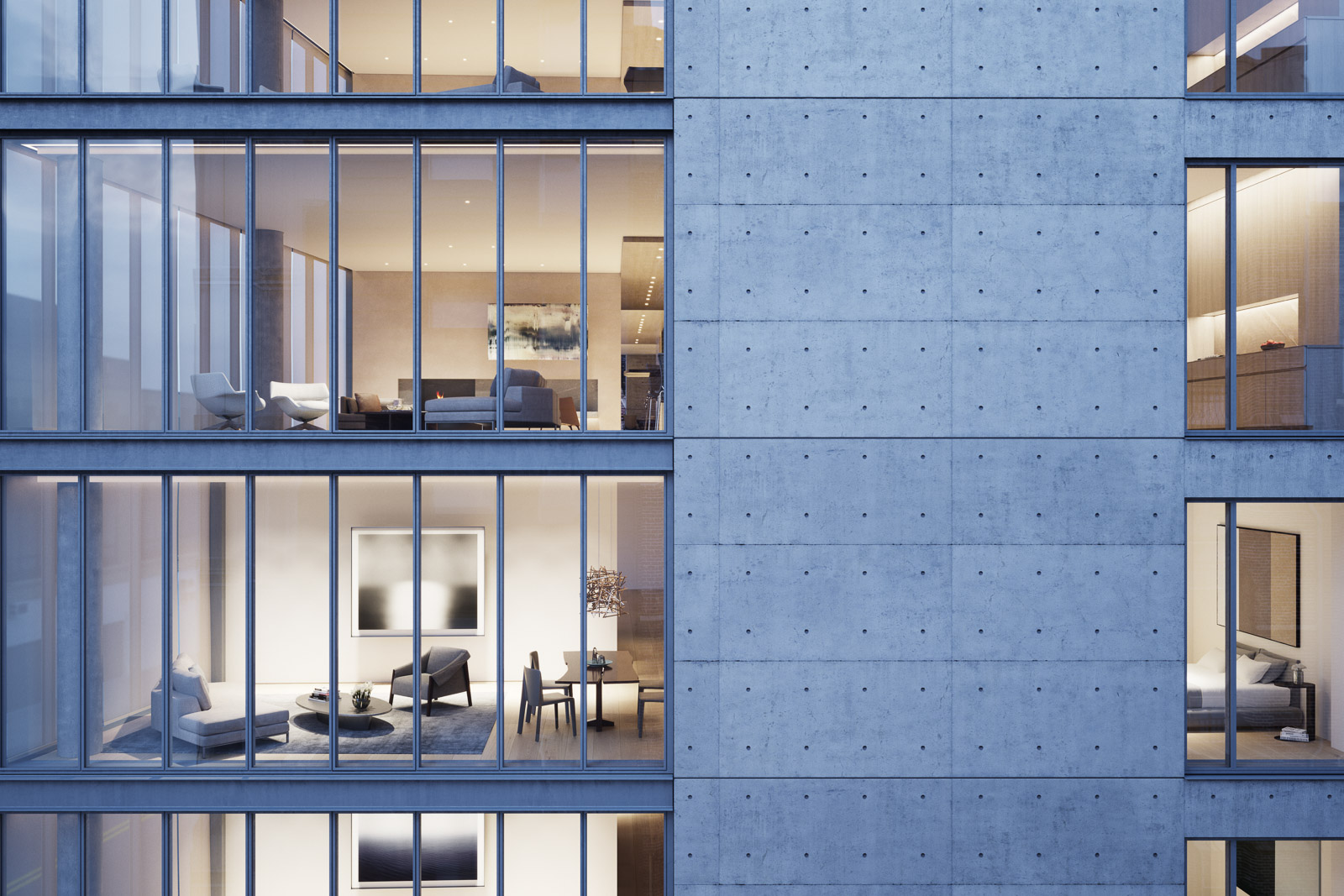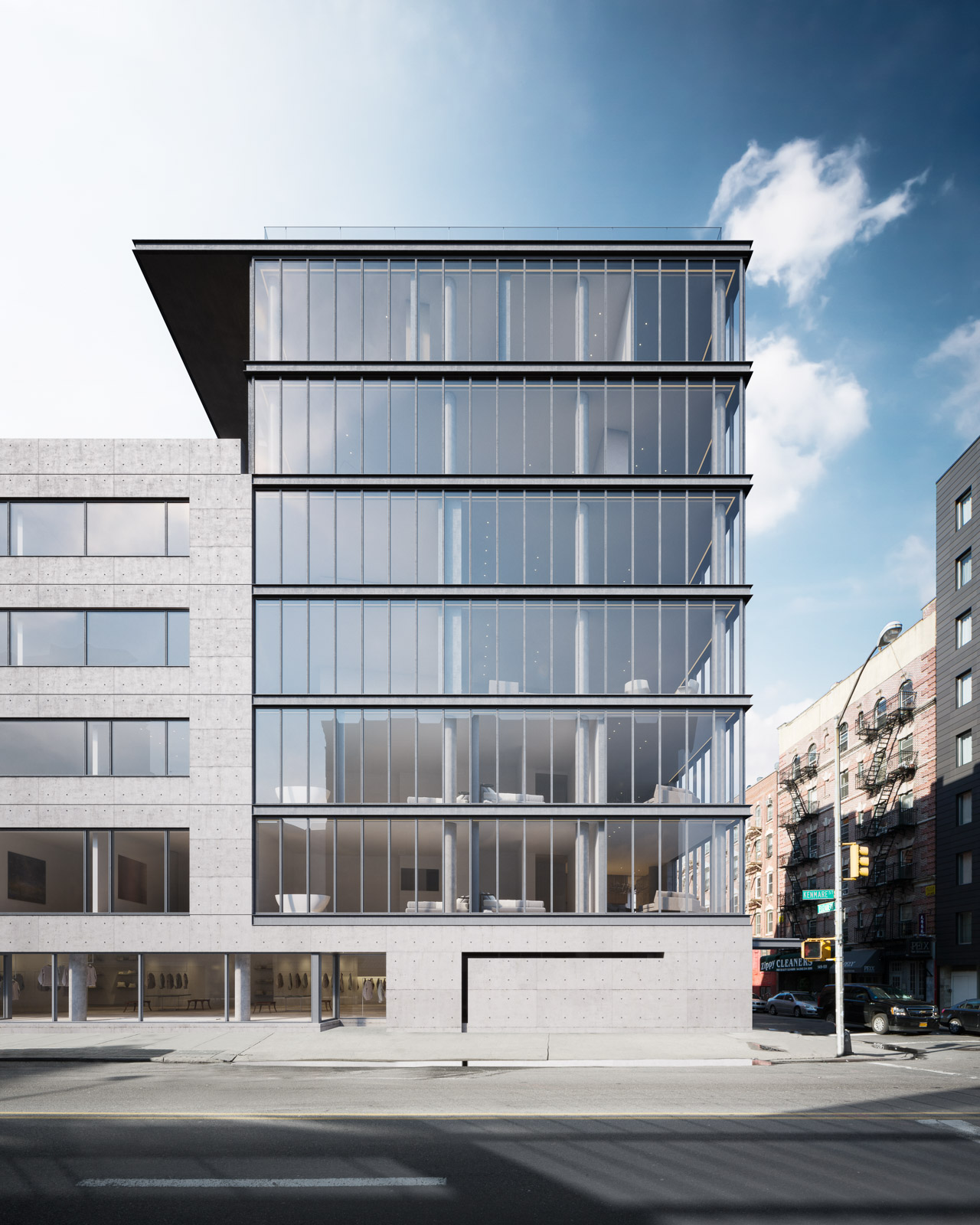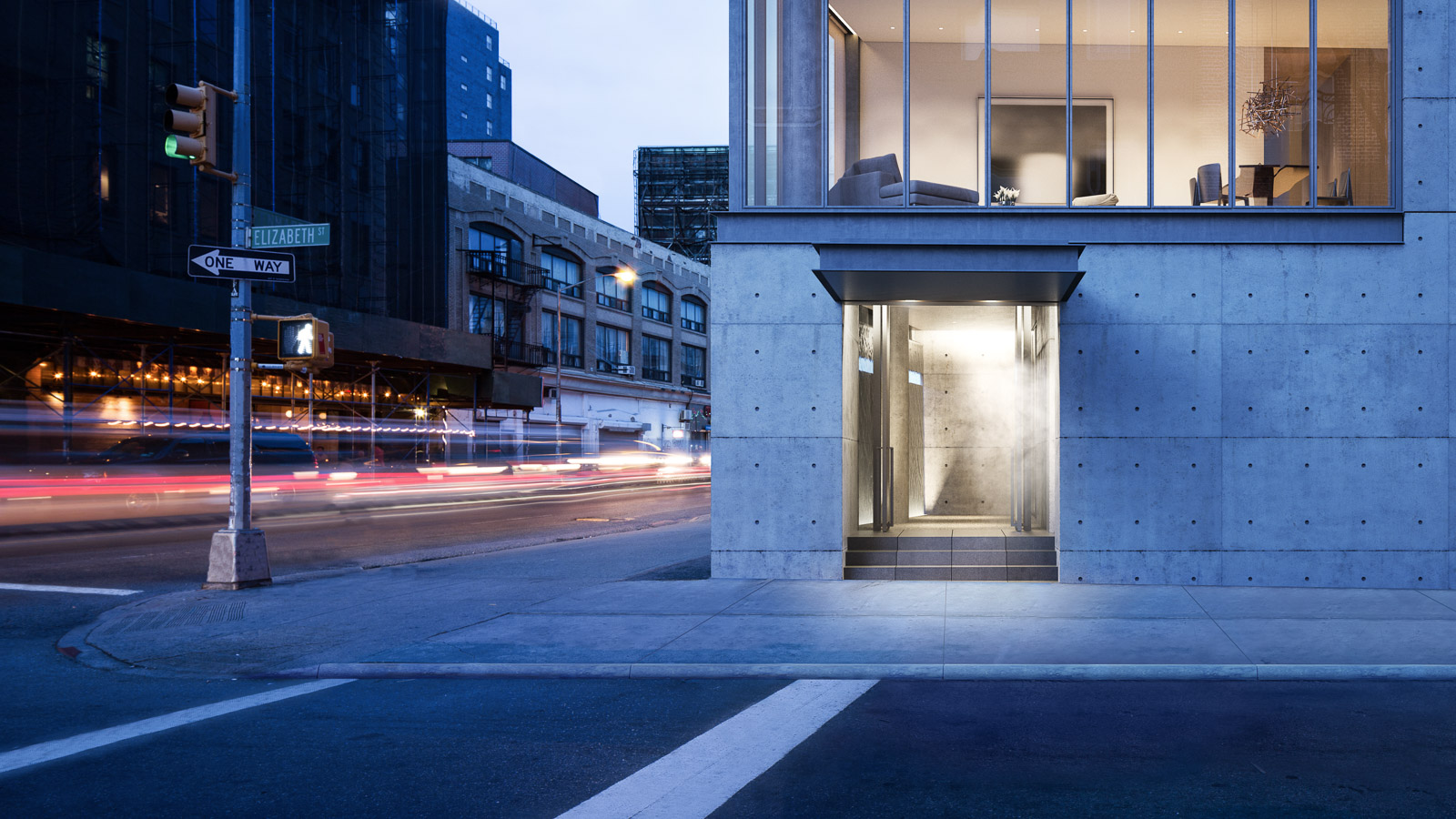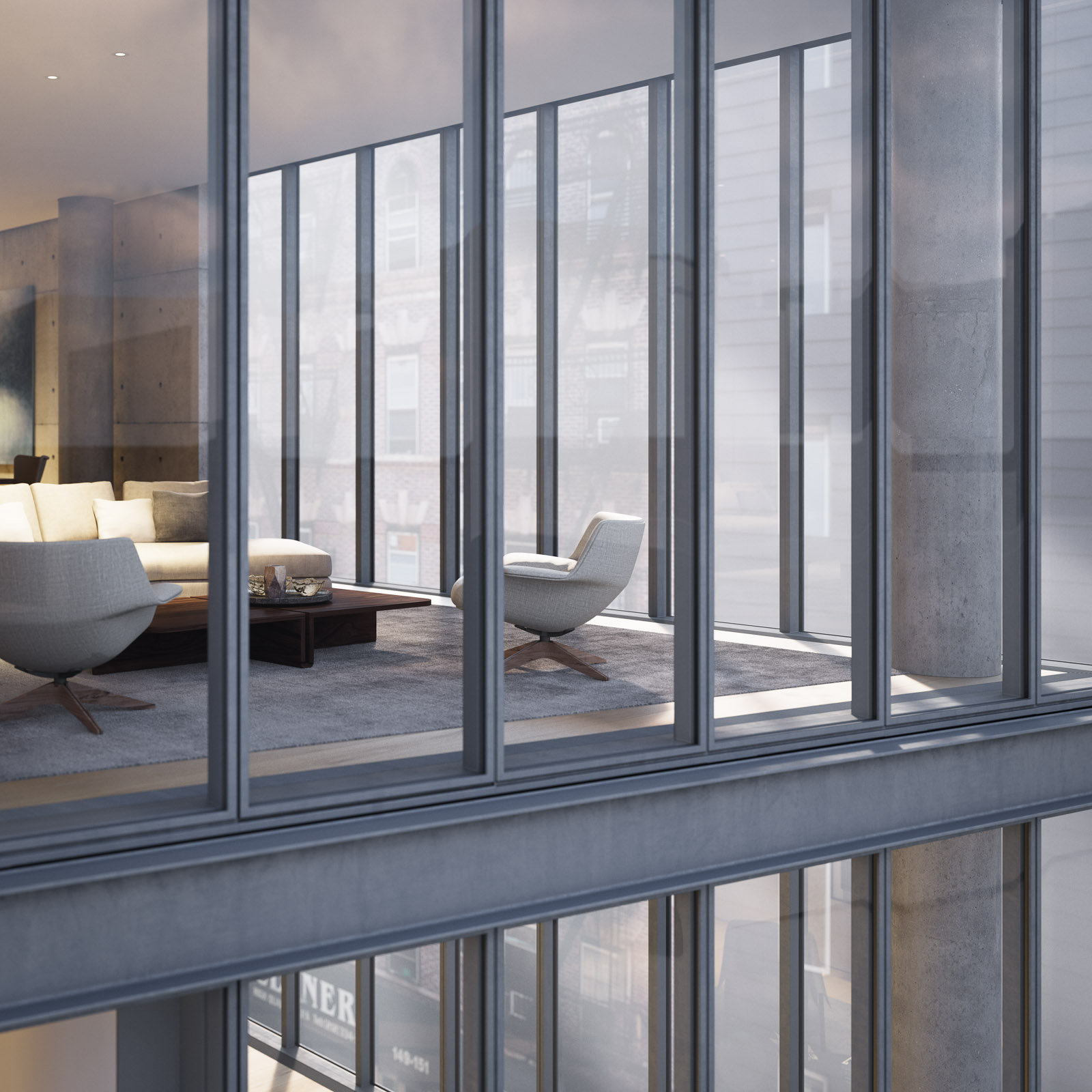For those who don’t know, Octane Render is an unbiased GPU powered rendering engine. much like Vray RT for GPU, ARION Render, Iray, etc. Unlike any of mentioned software Octane Render isn’t hybrid engine (running on CPU & GPUs), nor does it run on CPUs at all, at least for now, as recently in GTC 2015 unveiled version 3 will run on more devices & have more impressive feature list. Save to say, it’s one of the most advanced GPU engines powered by CUDA capable devices. For more information you can visit OTOY’s website or their forums.
So, without further ado, let’s dive in! We are going to use v2.21 (thought the same could be done with demo version, if You wish to try without buying a license, just keep in mind: render resolution of it is limited to 1000x600, also missing possibility to save file, output has watermarks, no LiveDB & network rendering support).
I hope you have at least very basic understanding of how Octane Render (or similar programs) work, if not, you can always consult online manuals. I’ll cover things you have to keep an eye on, but the rest will more or less be out-of-the-box - that’s the beauty of unbiased engines, you don’t need to think about complicated settings or some mysterious dials. Simply open a program, choose a rendering algorithm, input geometry & it renders. You can do some lighting, material tweaking in a meantime & once you happy with composition the longer you leave, “the better end result is going to be” (we’ll get back to this topic later).
Loading HDRi sky map
To load HDRi sky: choose textured environment from drop down menu & pick RGB image option.











